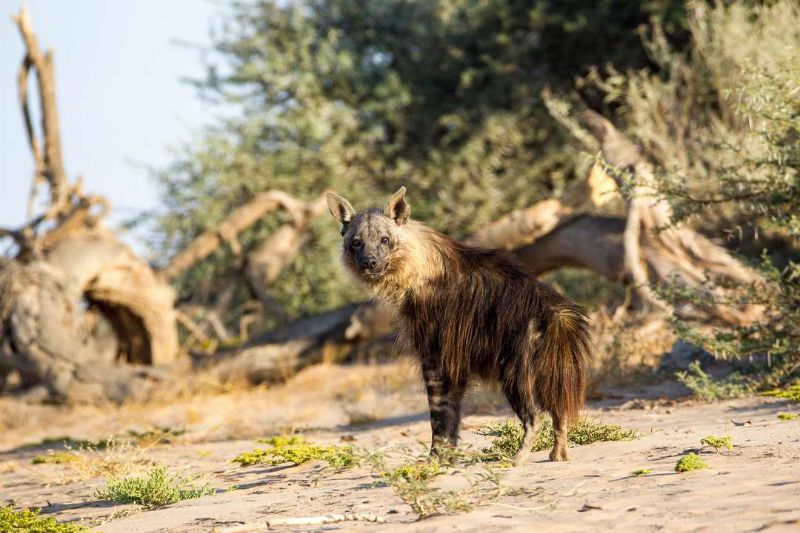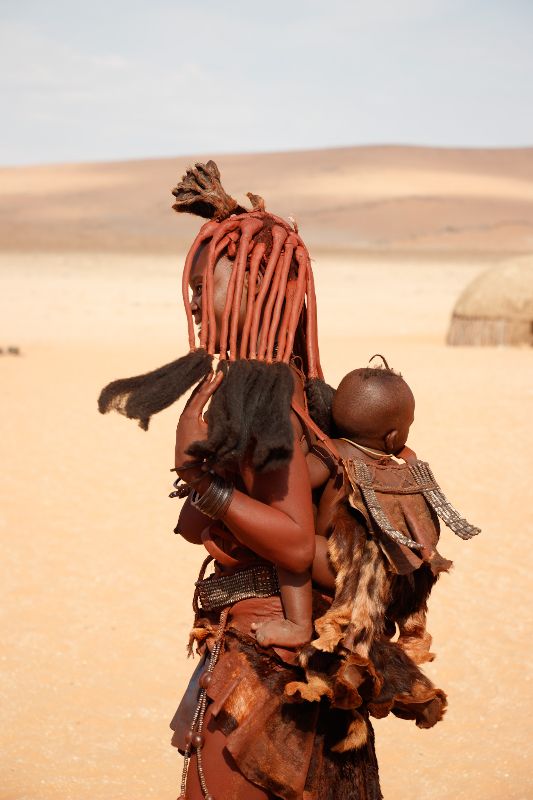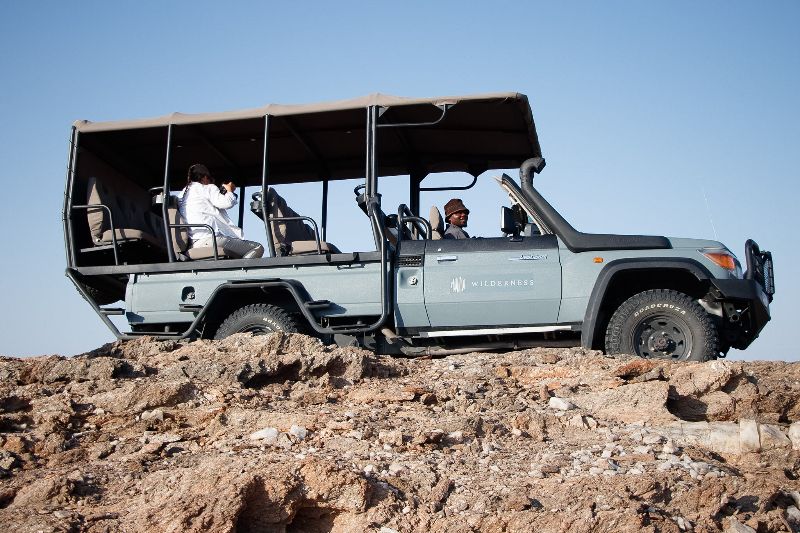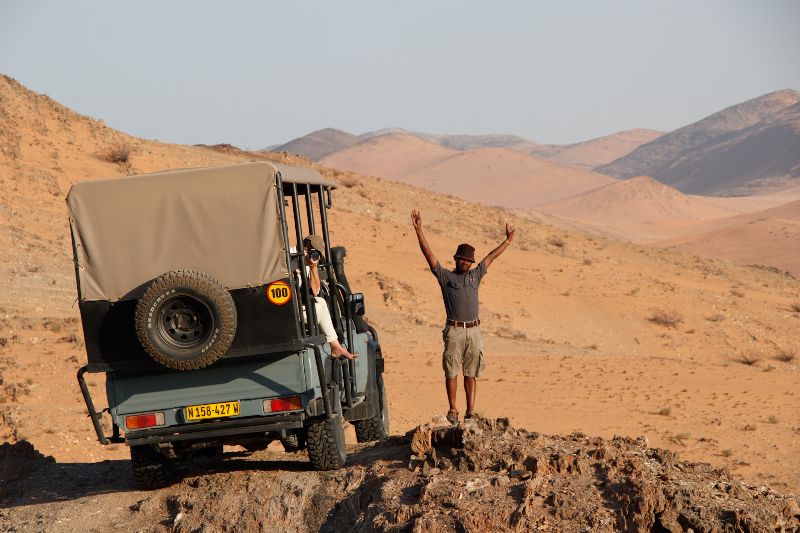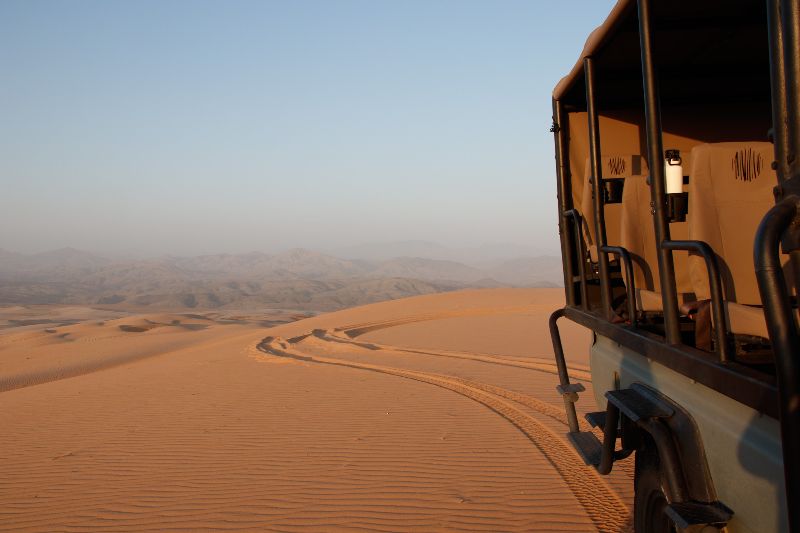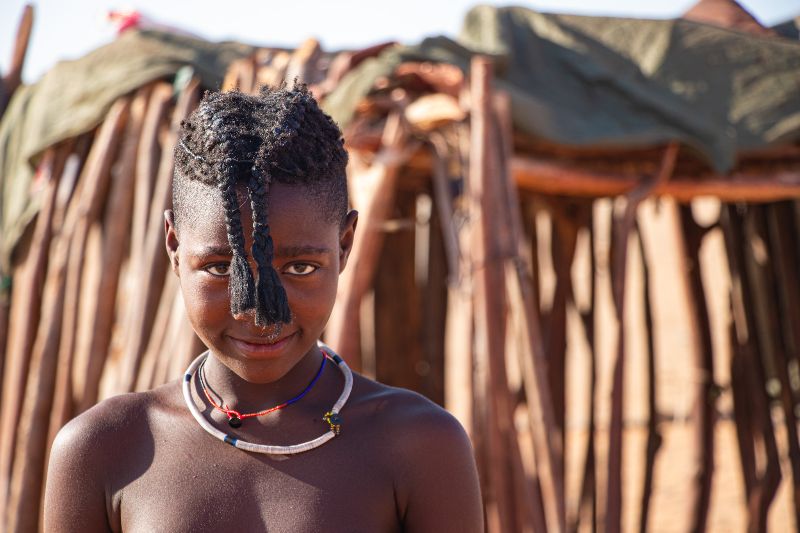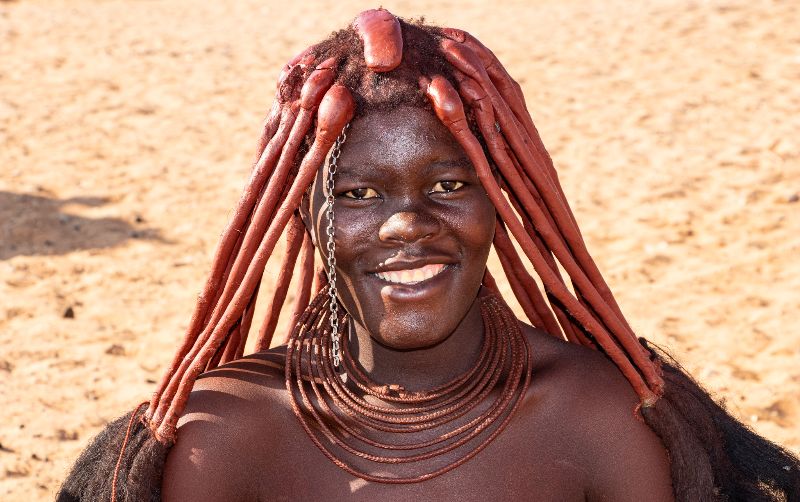NAMIBIA WITH WILDERNESS
Kerry Graham journeyed through Namibia with Wilderness in May 2023
Sossusvlei, Palmwag, Hoanib River, Hartmann Valley and Windhoek
Wilderness is a leading conservation-focused ecotourism operator in Africa, offering exclusive and sustainable safari experiences across some of the most remote and wildlife-rich wilderness areas in Africa. With over 30 years of experience, Wilderness Safaris has been at the forefront of responsible tourism, working closely with local communities and conservation organizations to promote the long-term conservation of Africa's unique and precious ecosystems. Their camps and lodges are situated in some of the most pristine and untouched wilderness areas in Africa, providing guests with an unforgettable and authentic safari experience that supports the conservation efforts of the local communities.

Kerry journeyed through Namibia, hosted and guided by the incredible team at Wilderness, which has been operating in Namibia for over 20 years, and its work in the country is a great example of the company's commitment to conservation and community development. One of the key initiatives of Wilderness Safaris in Namibia is the conservation of the country's unique desert-adapted wildlife, including elephants, lions, and rhinos. The company has partnered with local communities and conservation organizations to establish conservancies and create game reserves that protect these animals and their habitats.
In addition to its conservation efforts, Wilderness has also worked to support the local communities in Namibia through various social development projects. These projects include the establishment of schools, health clinics, and community centers, as well as the creation of job opportunities and training programs for local people. By engaging with the communities in which it operates, Wilderness Safaris aims to create a sustainable tourism industry that benefits both the local people and the environment.
Wilderness offers a range of safari experiences in Africa, including Namibia, where they include visits to the iconic Sossusvlei dunes, the rugged Skeleton Coast, and the wildlife-rich Etosha National Park. These experiences are designed to showcase Namibia's natural beauty and unique culture while providing guests with the highest level of comfort and service.
One of the key initiatives of Wilderness is the Children in the Wilderness program. This program aims to inspire and educate children from rural communities in Africa, including Namibia, about the importance of conservation and environmental sustainability. The program provides children with opportunities to experience nature and learn about wildlife conservation through educational camps and mentorship programs.
Wilderness Safaris also supports several schools in the communities where it operates, including the Torra Conservancy Primary School in Namibia. The company has helped to build classrooms, provide educational materials and supplies, and train teachers to improve the quality of education for children in these schools.
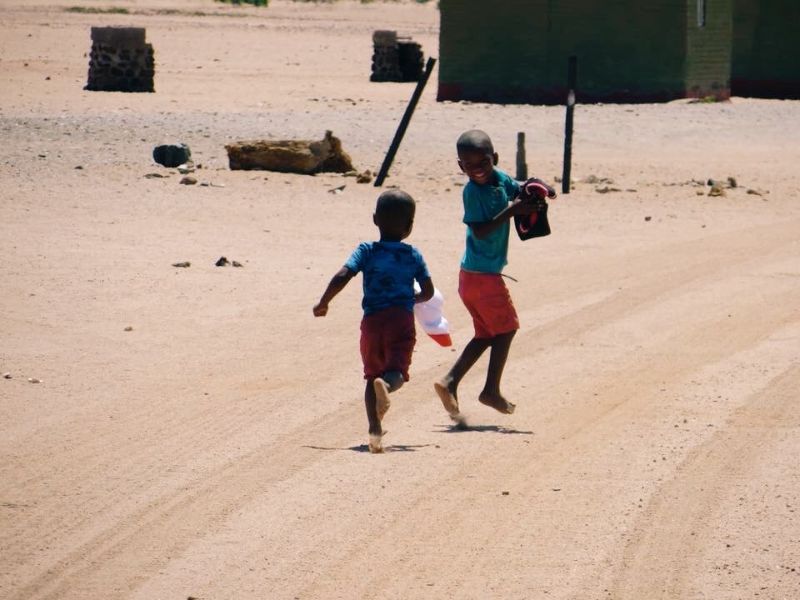
In addition to its education-focused initiatives, Wilderness also works to improve the health and well-being of children in the communities where it operates. The company has partnered with local organizations to provide access to clean water and sanitation facilities, as well as to improve healthcare services for children and families.

Namibia is home to two species of rhinoceros: the black rhino and the white rhino. The black rhino population in Namibia is estimated to be around 2,000 individuals, while the white rhino population is much smaller, with only a few dozen individuals. Namibia has been successful in conserving its rhino populations through a combination of community-based conservation programs and anti-poaching efforts. The government of Namibia has implemented a number of measures to protect rhinos, including strict laws against poaching and the establishment of protected areas where rhinos can thrive. Despite these efforts, rhinos in Namibia still face threats from poaching, habitat loss, and human-wildlife conflict. Conservation efforts must continue to ensure the survival of these magnificent animals in the wild.
Desert Rhino Trust Namibia is a non-profit organization dedicated to the conservation of the critically endangered desert-adapted black rhino in Namibia. The organization works closely with local communities to promote the protection of rhinos and their habitats and to reduce human-wildlife conflict. Since its establishment in 1982, Desert Rhino Trust Namibia has been at the forefront of rhino conservation, employing a range of innovative and effective conservation strategies to safeguard the future of this iconic species. Through its dedicated efforts, Desert Rhino Trust Namibia has helped to increase the population of black rhinos in Namibia and has become a model for rhino conservation around the world.
Wilderness Safaris provides funding and logistical support for the Desert Rhino Trust's anti-poaching patrols, monitoring and research efforts, and community outreach programs. Through this partnership, Wilderness Safaris has helped to increase the number of desert-adapted black rhinos in the region and to promote sustainable tourism practices that benefit both local communities and wildlife conservation.

Hoanib Skeleton Coast Camp is a research center located in the Skeleton Coast National Park in Namibia. The camp is home to a long-term research project on brown hyenas, which are a critically endangered species in the region. Researchers at the camp study the behavior, ecology, and conservation of brown hyenas through a combination of field observations, radio-tracking, and genetic analysis. They also work closely with local communities to promote awareness and understanding of the importance of brown hyenas in the ecosystem. The research conducted at Hoanib Skeleton Coast Camp on brown hyenas is helping to inform conservation efforts for the species and to promote the coexistence of humans and wildlife in the region.
Namibia is a land of contrasting landscapes and diverse cultures, offering visitors a unique and unforgettable travel experience. The country is home to some of the world's most stunning natural wonders, including the towering dunes of Sossusvlei, the rugged terrain of Damaraland, and the wildlife-rich Etosha National Park. Namibia is also a great place to explore traditional cultures, with opportunities to meet and learn from the country's indigenous communities. Popular activities for visitors include game drives, nature walks, cultural tours, and adventure sports like sandboarding and skydiving. Whether you're a wildlife enthusiast, a nature lover, or a cultural explorer, Namibia has something to offer everyone.

Namibia's landscapes are diverse and unique, ranging from towering sand dunes to rugged mountains, vast plains to rocky deserts. The most famous of these landscapes are the towering red sand dunes of Sossusvlei, which are among the tallest in the world. The Skeleton Coast, with its rugged coastline and shipwrecks, is another iconic Namibian landscape. The country is also home to the Etosha Pan, a vast salt pan surrounded by grasslands and woodland, and the Fish River Canyon, one of the largest canyons in the world. Other notable landscapes include the Kaokoveld Desert, the Brandberg Massif, and the Epupa Falls. Whether you're looking for dramatic scenery, unique geological formations, or breathtaking views, Namibia's landscapes are sure to leave a lasting impression.
CLIMATE AND WEATHER
Partially covered by the Namib Desert, one of the world's driest deserts, Namibia's climate is generally very dry and pleasant – it's fine to visit all year round. Namibia only receives a fraction of the rain experienced by countries further east. Between about December to March some days will be humid and rain may follow, often in localised, afternoon thunderstorms. These are more common in the centre and east of the country, and more unusual in the desert.
April and especially May are often lovely months in Namibia. Increasingly dry, with a real freshness in the air, and much greenery in the landscape; at this time the air is clear and largely free from dust.
From June to August Namibia cools down and dries out more; nights can become cold, dropping below freezing in some desert areas. As the landscape dries so the game in the north of the country gravitates more to waterholes, and is more easily seen by visitors. By September and October it warms up again; game-viewing in most areas is at its best, although there's often a lot of dust around and the vegetation has lost its vibrancy.
November is a highly variable month. Sometimes the hot, dry weather will continue, at other times the sky will fill with clouds and threaten to rain – but if you're lucky enough to witness the first rains of the season, you'll never forget the drama.

